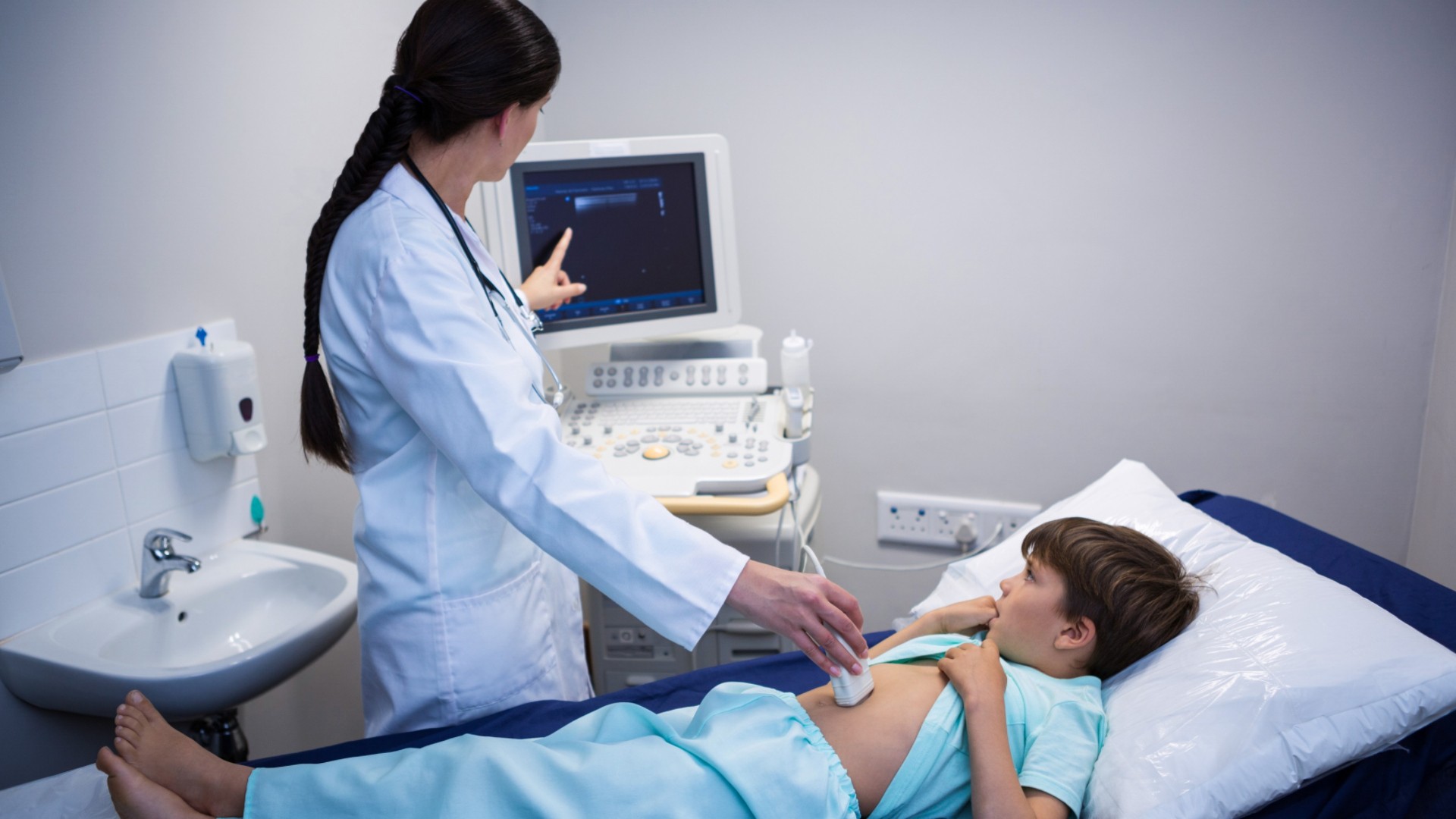Diagnostic Medical Sonographers
Diagnostic Medical Sonographer, Registered Diagnostic Medical Sonographer (RDMS), Sonographer, Ultrasonographer
 Select a military branch to see samples.
Select a military branch to see samples.
Aerospace Medical Service; Aerospace Medical Service Craftsman; Aerospace Medical Service Helper, Aeromedical Education Technician; Aerospace Medical Service Journeyman, Allergy/Immunization Technician; Dental Assistant Craftsman; Diagnostic Imaging Apprentice, Magnetic Resonance Imaging; Diagnostic Imaging Helper, Magnetic Resonance Imaging; Health Services Management; Radiologist; Radiologist, Special Procedures
Diagnostic Radiologist
Health Services Technician; Medical Administration Specialty
No similar titles were found.
Advanced X-ray Technician; Radiologist (Diagnostic); Radiologist (Therapeutic); Ultrasound Technologist
Diagnostic Imaging; Diagnostic Imaging Apprentice, Diagnostic Medical Sonography; Diagnostic Imaging Craftsman; Diagnostic Imaging Craftsman, Diagnostic Medical Sonography; Diagnostic Imaging Helper, Diagnostic Medical Sonography; Diagnostic Imaging Journeyman; Diagnostic Imaging Journeyman, Diagnostic Medical Sonography
What they do:
Produce ultrasonic recordings of internal organs for use by physicians. Includes vascular technologists.
On the job, you would:
- Observe screen during scan to ensure that image produced is satisfactory for diagnostic purposes, making adjustments to equipment as required.
- Observe and care for patients throughout examinations to ensure their safety and comfort.
- Provide sonogram and oral or written summary of technical findings to physician for use in medical diagnosis.
Knowledge
Business
- customer service
- administrative services
Arts and Humanities
- English language
Math and Science
- physics
- psychology
Health
- medicine and dentistry
Skills
Basic Skills
- listening to others, not interrupting, and asking good questions
- reading work related information
Problem Solving
- noticing a problem and figuring out the best way to solve it
Social
- understanding people's reactions
- changing what is done based on other people's actions
Abilities
Verbal
- listen and understand what people say
- communicate by speaking
Ideas and Logic
- notice when problems happen
- make general rules or come up with answers from lots of detailed information
Hand and Finger Use
- keep your arm or hand steady
- hold or move items with your hands
Visual Understanding
- see hidden patterns
Personality
People interested in this work like activities that include practical, hands-on problems and solutions.
They do well at jobs that need:
- Cooperation
- Cautiousness
- Integrity
- Attention to Detail
- Dependability
- Empathy
Technology
You might use software like this on the job:
Medical software
- eClinicalWorks EHR software
- MEDITECH software
Spreadsheet software
- Microsoft Excel
Electronic mail software
- Email software
Education
Education: (rated 3 of 5)
associate's degree or
certificate after high school
usually needed
certificate after high school
usually needed
Job Outlook
Bright
New job opportunities are very likely in the future.
Explore More
- Cardiovascular Technologists & Technicians
- Magnetic Resonance Imaging Technologists
- Neurodiagnostic Technologists
- Radiation Therapists
- Radiologic Technologists & Technicians
You might like a career in one of these industries:
See more details at O*NET OnLine about Diagnostic Medical Sonographers.





